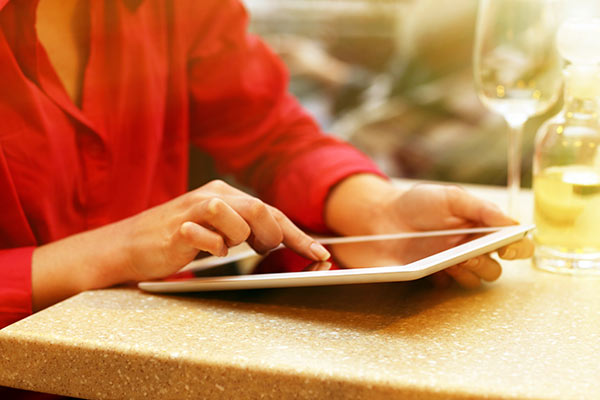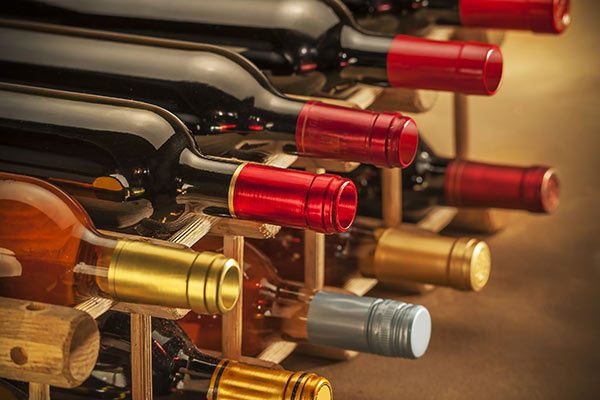Unless you produce your own food, some combination of you and other humans has to transport it from wherever it’s made to your stomach. In normal circumstances, most people don’t dwell much on that fact, but during a pandemic, it makes deciding just how to procure sustenance highly fraught: Because every option comes with potential negative consequences for you and others—cashiers, shelf stockers, delivery people, restaurant workers, and so on—it can seem like there’s no right way to get dinner.
For example, is it better to cook at home or get food from a restaurant? Getting takeout means leaving the house and potentially spreading or catching the coronavirus (and ordering delivery means shifting that risk onto someone else). Meanwhile, sticking to your own kitchen is safer for everyone involved—but it means not financially supporting workers and businesses that may desperately need the money. And if you cook, you still have to get groceries somehow, which again means either you or someone else going outside to transport the food.
What follows is an attempt to work through specific food dilemmas such as this one, including the ethics of getting delivery and how often you should go to the grocery store. In a lot of cases, there are no right answers, but establishing all the trade-offs makes it possible to feed yourself in a way that doesn’t feel wrong.
Whatever food choices you end up making, it’s important to follow the pandemic eating commandments that many journalists (including my colleague Amanda Mull) and public-health experts have already laid out: Don’t shop at a crowded grocery store; have a shopping list and don’t browse; ask delivery people to leave food on your doorstep (and not hand it off to you); stay home if you have symptoms of COVID-19 or are at greater risk of dying from it; and of course, wash your hands before and after getting food, try not to touch your face, and wear a mask when you go out. Taken together, these guidelines are a powerful way of reducing the potential health risks to you and others that come with getting food—whether from a grocery store or a restaurant, via pickup or delivery.
Frustratingly, this is a very difficult question to answer straightforwardly. That’s because so much depends on the precautions taken by each grocery store, restaurant, and delivery company. For instance, a crowded grocery store is riskier (for you and for workers) than one that caps its occupancy, and a restaurant that gives paid leave to its staff when they’re feeling sick is safer (again, for everyone) than one that doesn’t.
That said, the experts I spoke with generally agreed that delivery seems to be safer for individual consumers than going into a store or restaurant, because you are exposed to the fewest people (ideally none, if the delivery worker doesn’t hand the food off to you directly). Picking up curbside from a grocery store or restaurant is also relatively low-risk.
Grocery-store, restaurant, and delivery workers, though, are all at risk of getting or spreading the virus no matter which choice you make. Even if you opt out of delivery and spare a courier another potentially risky trip, leaving home to get groceries yourself still heightens others’ risk. “You may be in the store for half an hour, but the workers are there for eight-, nine-, 10-hour shifts, so they have the potential for far more interactions with people,” said Elizabeth Carlton, a professor at the Colorado School of Public Health. Moreover, working conditions can vary greatly, so gauging the risk to whole categories of workers is really hard.
When I peppered Robert Salata, a medical professor at Case Western Reserve University, with questions about the various health considerations of each method of obtaining food, he said that I was probably splitting hairs—if you’re not in an at-risk group, choosing one method over another will likely not add so much risk to you and others that it would nullify any other concerns you might have, such as wanting to support a local restaurant or contribute to delivery workers’ income.
Of course, not everyone has this range of choices available to them. Some areas don’t have many online food-delivery options, and many people don’t have the money for delivery, now or ever. But no matter what choices you have, as long as you’re observing the aforementioned general principles, no option seems to be significantly riskier than the others on a per-trip basis—but the risk does go up with each trip, and getting restaurant food is something you’d probably have to do more often than (and in addition to) getting groceries.
Lastly, a bit of good news: “We have no evidence that the virus is transmitted by food,” said Donald Schaffner, a food-science professor at Rutgers University. So wherever you get your food from, it’s most likely safe to eat, though discarding the packaging that takeout meals come in and washing your hands after bringing home groceries are good practices.
















